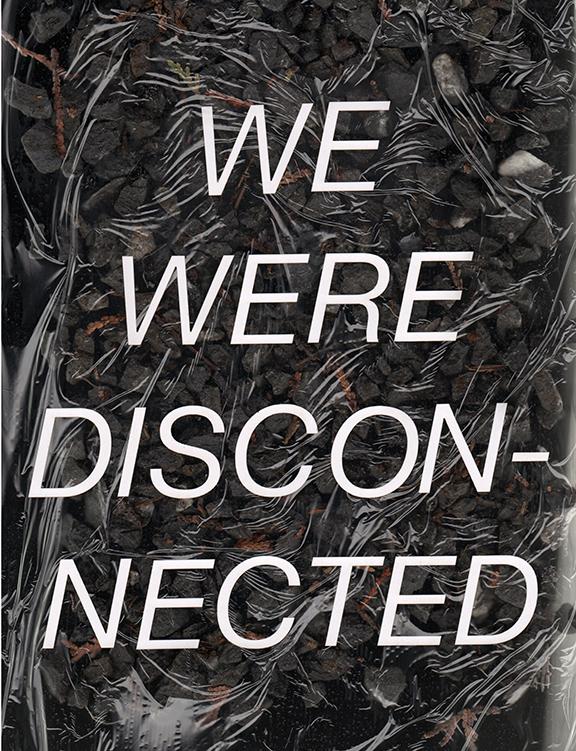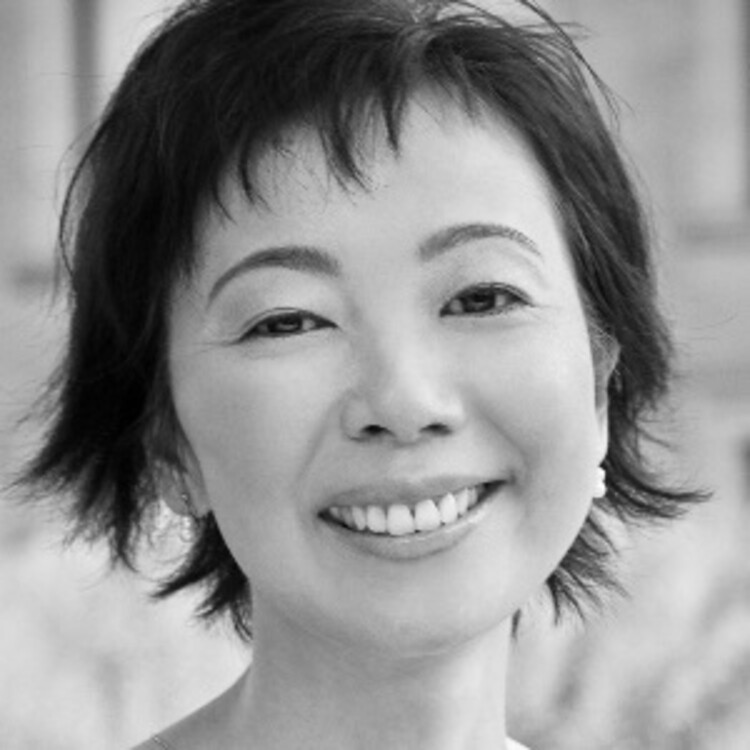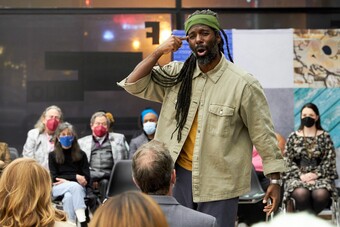Reunion
Hey it’s me. Haven’t heard from you and it’s been two days…
This is part one of a four part blog series on the process behind making I Came to Look for You on Tuesday.
Last summer I had a happy reunion with an old friend. Mia Yoo, Artistic Director of La MaMa, and I had lost touch for a while, simply because we had both been busy. I emailed her brief words of condolences when Ellen Stewart passed away. She responded to me immediately, but before then, we had not communicated perhaps for a decade. I didn’t see her in person until August last year when we began talking about my play, I Came to Look for You on Tuesday.
The concept of reunion is something I had been thinking about extensively even before my reunion with Mia. It began with the 2011 earthquake in Japan. On March 11 of that year, starting at the crack of dawn in NYC, I tried to get through to my family who lived near Tokyo until I finally reached my father five hours later. In the following week, I saw a New York Times photo of an evacuation wall somewhere in Northeast Japan covered with handwritten signs. They didn’t resemble the tragic “Missing Person” signs that I remembered from 9/11. Written with different colored pens and markers, they were messages addressed to the people that the creators of the signs wanted to find. One of them was in a young voice: “Hey it’s me. Haven’t heard from you and it’s been two days so I got worried and came to look for you. I’ll come again.” (Not a literal translation.)
The colorful and personal signs from this single photo remained with me. Exploring the concept of reunion became my theatrical obsession. I often have too many ideas, ideas that I can’t personally execute myself but feel insistent in including in a project. I feel that any topic I’d attempt to write about takes a small village to make it a whole. So at the same time I decided to write a play about reunion during the times of natural disaster and aftermath of war, I set out to create a village. I called director Alice Reagan and said I was interested in reunions.
Ruminating on the memorable signs, I wanted to imagine a visual art component that utilized text as part of the project. But what form should this take and where should they be seen? In the hallway of the theater? No. It seemed to me that they should be seen by different groups of people who may or may not find their way to the theater. Beyond this notion, I was stuck. I met with the village elders: Alice Reagan, the play’s director and my project partner, and Emily Morse, our project artistic consultant with whom I planned the first two reunion salons at New Dramatists. Alice came with photos she had shot with her phone of installation art at the 207th Street subway station. They were text on tiles that told neighborhood folks’ memories about growing up in Inwood. We used these photos as a jumping-off point for our yet-to-be conceived visual art component. By necessity and by theatrical nature, our art must be temporary—street art. It should be thematically related to the reunion salons that were in process already. The first round took place in the fall of 2011. I then interrupted the salons and spent time writing the play and returned to them when Alice and I decided to go forward with the production in April 2013. Emily named the companion project of which the visual art was to become a part: The Tuesday Following.
The colorful and personal signs from this single photo remained with me. Exploring the concept of reunion became my theatrical obsession.
James Bayard was meant to move into our village. He is a young artist who has been out in the professional world for a few years. His art integrates image and text. After my husband Hap Tivey introduced me to James, we talked, and he designed and made all the prints. And after the first two prints went up in June—posted guerrilla style by a gang of daring youths led by aspiring playwright Ann Marie Dorr in four locations in Manhattan and Brooklyn—I learned about some parallels in James’ and my creative thinking. He uses text in his art because he finds language slippery, messy, and fascinating. In communicating with his audience, he uses text to invoke certain emotions such as resolve, or a feeling of compromise (either positive or negative). He is very conscious of the decisions he makes about the details. Paying attention to how things connect and constructing those connections purposefully make the entire piece seamless. Or he intentionally shows visible seams and vulnerability. These are the same things I think about when writing.

20″ x 26"
Inkjet print on paper.
For The Tuesday Following, he was very particular about how the prints were created. He chose six lines from my play and quotes from reunion salons. He then made the letters from cardstock paper, cut with a laser lazar machine to achieve sharp edges. He laid down plastic wrap on a scanner and placed the letters backward and upside down, then piled on top of the text natural materials he had collected—sand, rocks, sea grass—to create a three-dimensional effect, and scanned the image to convert the complete assemblage into digital form. Beautiful prints resulted. We are lucky if they stay up for a few days after posting. New Yorkers out there are collecting James’s prints off construction walls.
I wanted to have a visual art event that became interactive for random audiences by chance. James’ prints are not only visually striking, but also mysterious in content. Each one tells a fragment of a story and the rest is up to the viewers to imagine. They exist in the present moment and live in the viewer’s memory afterward. And the prints offer multiple possibilities of reunion. A new one has gone up every two weeks at certain locations since the beginning of June. Some people may have figured out this routine by now and are waiting to be reunited with his art. Because the text for each print is rather ordinary and universal—universality is an interest of James’—yet each summons the notion of reunion, they could subliminally suggest the passersby to recall personal experiences. The print that said “We Were Dis-connected” took me back to the desperate phone calls to Japan I made on March 11, 2011.












Comments
The article is just the start of the conversation—we want to know what you think about this subject, too! HowlRound is a space for knowledge-sharing, and we welcome spirited, thoughtful, and on-topic dialogue. Find our full comments policy here